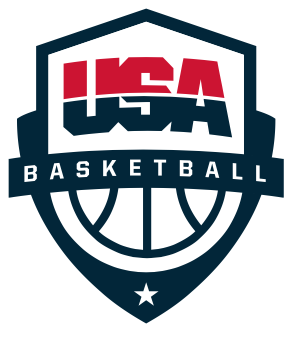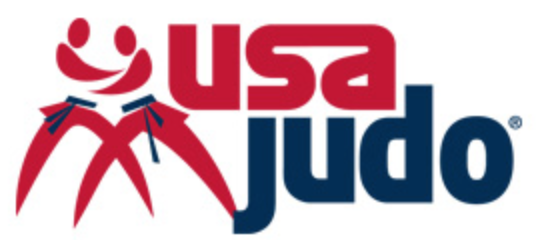YES! WE ARE ACCEPTING NEW PATIENTS!
CALL 719-344-9497 TODAY
Mission Statement
Our highly educated and experienced team work with each of our patients to set up an individualized therapy plan. We take the time to involve each patient in the decision-making process and help set realistic goals for you or your loved ones to return to the highest level of function possible. We listen carefully to your needs and concerns, perform a comprehensive examination, explain our findings to you and then develop a treatment plan specifically for YOU. Our goal is to provide a comfortable, relaxed and friendly environment for everyone.
Find out more about our company and our team
We offer a variety of services to help you return to doing what you love!
Injury prevention, post operative therapy, return to sport testing, concussion treatment and recovery




















Learn more about Trigger Point Dry Needling